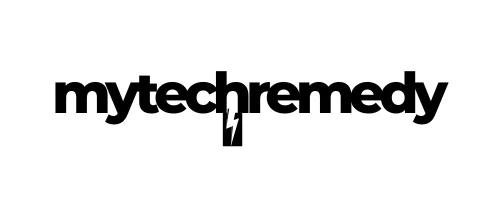Exploring the Canvas Beyond Canva: A Dive into Alternatives
In the world where digital creativity reigns supreme, the quest for the perfect design tool can feel akin to searching for a needle in a haystack. While Canva has long been the darling of digital creators, there exists a universe of free Canva alternative tools waiting to be explored. These tools offer unique features that might just transform how you perceive and execute your design projects.
The Rise of Alternative Design Tools
Let’s face it: Canva has set a high bar for user-friendly design interfaces. It’s like the Swiss Army knife of design tools, handy and versatile. But as with any tool, it’s not one-size-fits-all. Enter the realm of free alternatives, each with its own set of skills and quirks. They are the unsung heroes, ready to meet the diverse and specific needs of different users.
Understanding the Landscape
When navigating this landscape, it’s essential to recognize that not all free design tools are created equal. Some focus on vector graphics, akin to Illustrator, while others shine in photo editing, reminiscent of Photoshop. The key is understanding what your project demands and matching those needs to the tool’s strengths.
Key Players in the Free Design Arena
One noteworthy contender is GIMP, the open-source alternative for photo editing and a standout among Adobe alternatives for its powerful features. It’s like the Linux of image manipulation—powerful, flexible, and a bit of a learning curve. Then there’s Inkscape, the vector graphics editor that offers capabilities similar to Adobe Illustrator but without the price tag.
For those who lean towards simplicity and speed, Crello (now VistaCreate) provides a Canva-like experience with additional templates and animations. It’s like having an intern who brings fresh ideas to the table without complicating processes. Meanwhile, tools like Krita cater to those inclined towards digital painting, offering a palette of brushes and textures that can make your artwork pop.
Emphasizing the Transformative Potential
These alternatives not only offer cost-effective solutions but also encourage a broader understanding of design possibilities, much like how online arbitrage opens doors to innovative ways of generating value in the digital economy. They push users out of their comfort zone, inviting experimentation and innovation. By embracing these tools, you open doors to new workflows and creative strategies that might have remained untapped if confined to a single platform.
Actionable Recommendations
So, how do you embark on this journey of discovery? First, assess your project requirements. Are you editing photos, creating vector illustrations, or designing social media graphics? Next, match these needs to a tool that excels in those areas. Don’t shy away from experimenting with multiple tools to harness their unique strengths.
Finally, invest time in learning the quirks of your chosen tool. Join forums, watch tutorials, and engage with online communities. Remember, even the most linguistically gifted intern—much like our AI counterparts—requires guidance and understanding to unlock their full potential.
In conclusion, while Canva continues to serve as a formidable ally in the design world, the exploration of free alternatives can lead to transformative insights and capabilities. So, grab the opportunity to expand your toolkit and elevate your creative projects to new heights.
Checkout ProductScope AI’s Studio (and get 200 free studio credits)
